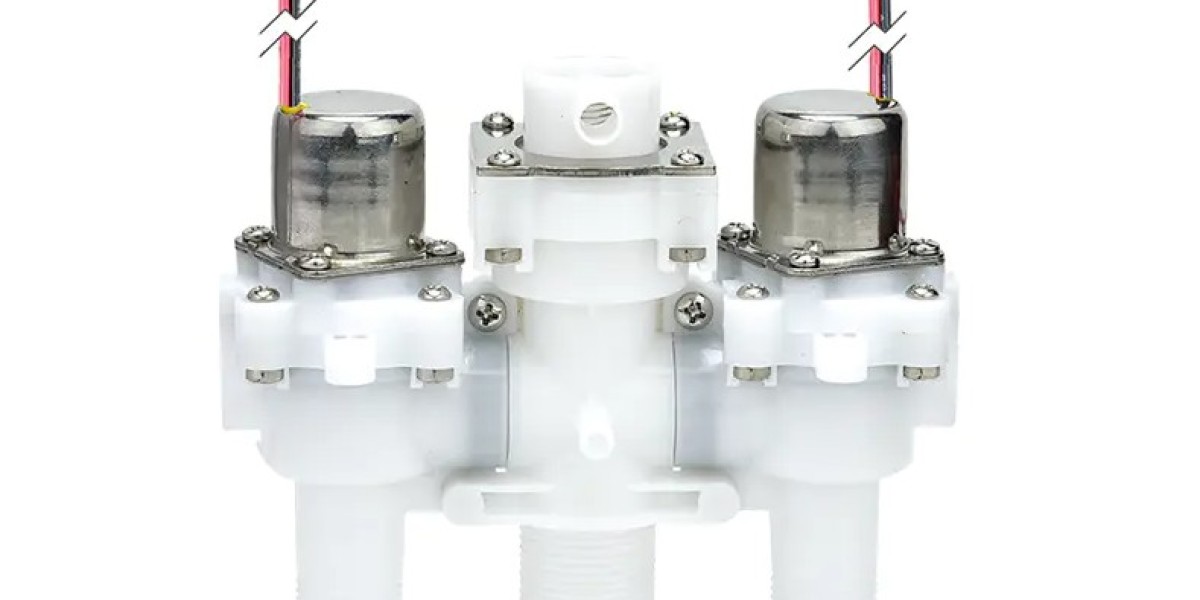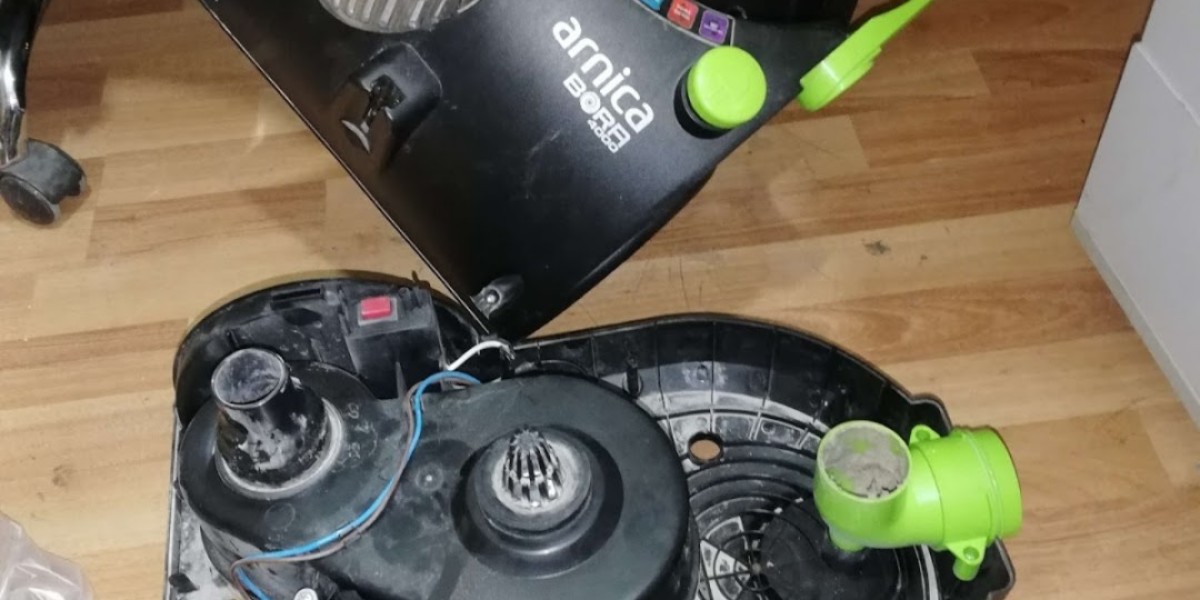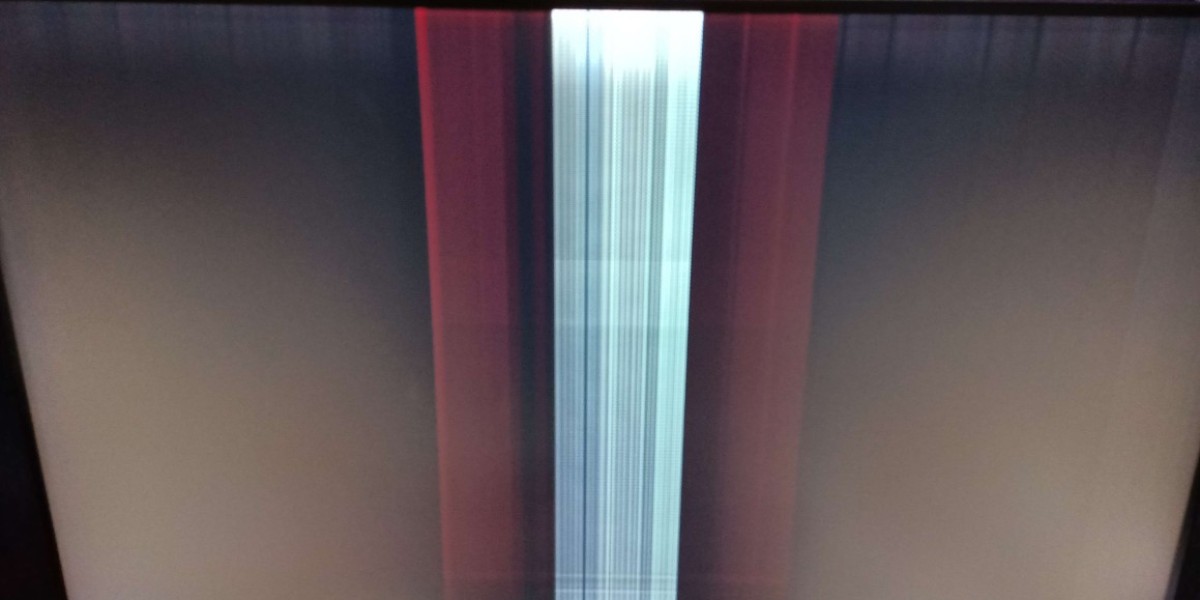Modern water control solutions often rely on the Latching Solenoid Valve because of its ability to maintain state without continuous energy draw. This design feature supports both cost savings and environmental goals, particularly in large-scale irrigation projects and smart home applications.
Over time, reduced power consumption translates into extended battery cycles, fewer replacements, and lower system costs. For farms using solar-powered irrigation, this efficiency enables more reliable operation across entire growing seasons. Even in household garden systems, the reduced energy demand supports compact and affordable controller designs.
Environmental sustainability also benefits from latching technology. By linking valves with intelligent controllers, irrigation schedules can be optimized to minimize waste. Water is applied only when and where it is needed, reducing runoff and improving soil moisture management. This aligns with broader conservation goals and helps communities manage limited water supplies effectively.
In addition, the reduced heat generated by latching solenoids extends coil and seal life. This decreases maintenance frequency and improves long-term reliability. Many models feature modular construction, making it easy to replace worn parts without discarding the entire unit.
The compatibility with IoT platforms adds another dimension. Remote monitoring and mobile control allow operators to adjust irrigation zones from virtually anywhere. Combined with weather forecasts and soil data, these valves enable precision agriculture practices that improve crop yields while using fewer resources.
For manufacturers and system integrators, latching solenoid valves also present design flexibility. They can be produced in different sizes, flow capacities, and materials to suit diverse applications. Whether in compact garden kits or industrial-scale irrigation networks, their adaptability makes them an appealing choice.
In conclusion, the Latching Solenoid Valve combines energy efficiency, reliability, and adaptability in ways that make it suitable for a wide range of water management applications. Its role will continue to grow as sustainable irrigation and smart control technologies advance.








